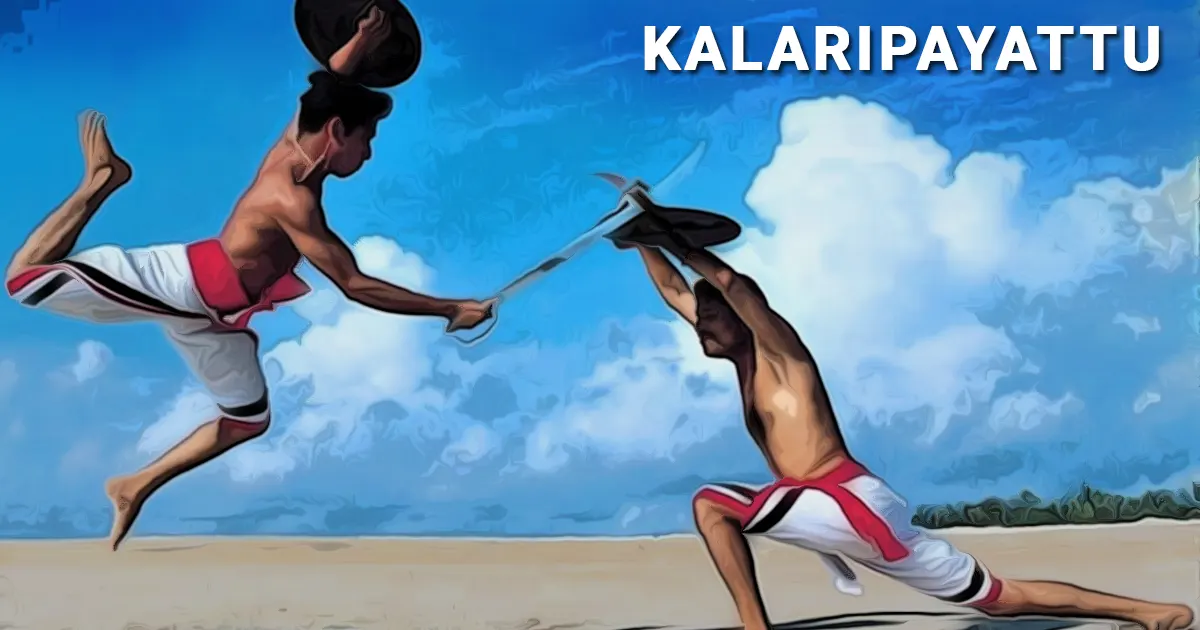GS 1 – ART AND CULTURE

Context: The 38th National Games held in Uttarakhand has drawn criticism due to the decision to place Kalaripayattu, Kerala’s ancient martial art, in the demonstration category rather than the main events.
What is it?
Kalaripayattu is among the world’s oldest martial art forms, known for its integration of combat skills, physical conditioning, and therapeutic techniques.
Origins:
This traditional art form traces its roots to Kerala and holds immense historical and cultural significance across South India.
History and Characteristics:
- Historical Roots: According to legends, the warrior sage Parasurama is credited with introducing Kalaripayattu. The term derives from “Kalari,” meaning training ground or arena, and “Payattu,” signifying fight or combat in Malayalam.
- Distinct Features: The practice includes body conditioning techniques (Maippayattu), the use of wooden weapons (Kolthari), metallic arms (Angathari), and unarmed combat methods (Verumkai). It focuses on developing physical strength, flexibility, quick reflexes, and discipline.
Recognition and Participation:
- National Heritage: In 2009, Kalaripayattu was included in India’s National List of Intangible Cultural Heritage (ICH).
- Role of Women: Women have historically participated in Kalaripayattu training, and their involvement remains prominent today, showcasing the art form’s inclusivity.




